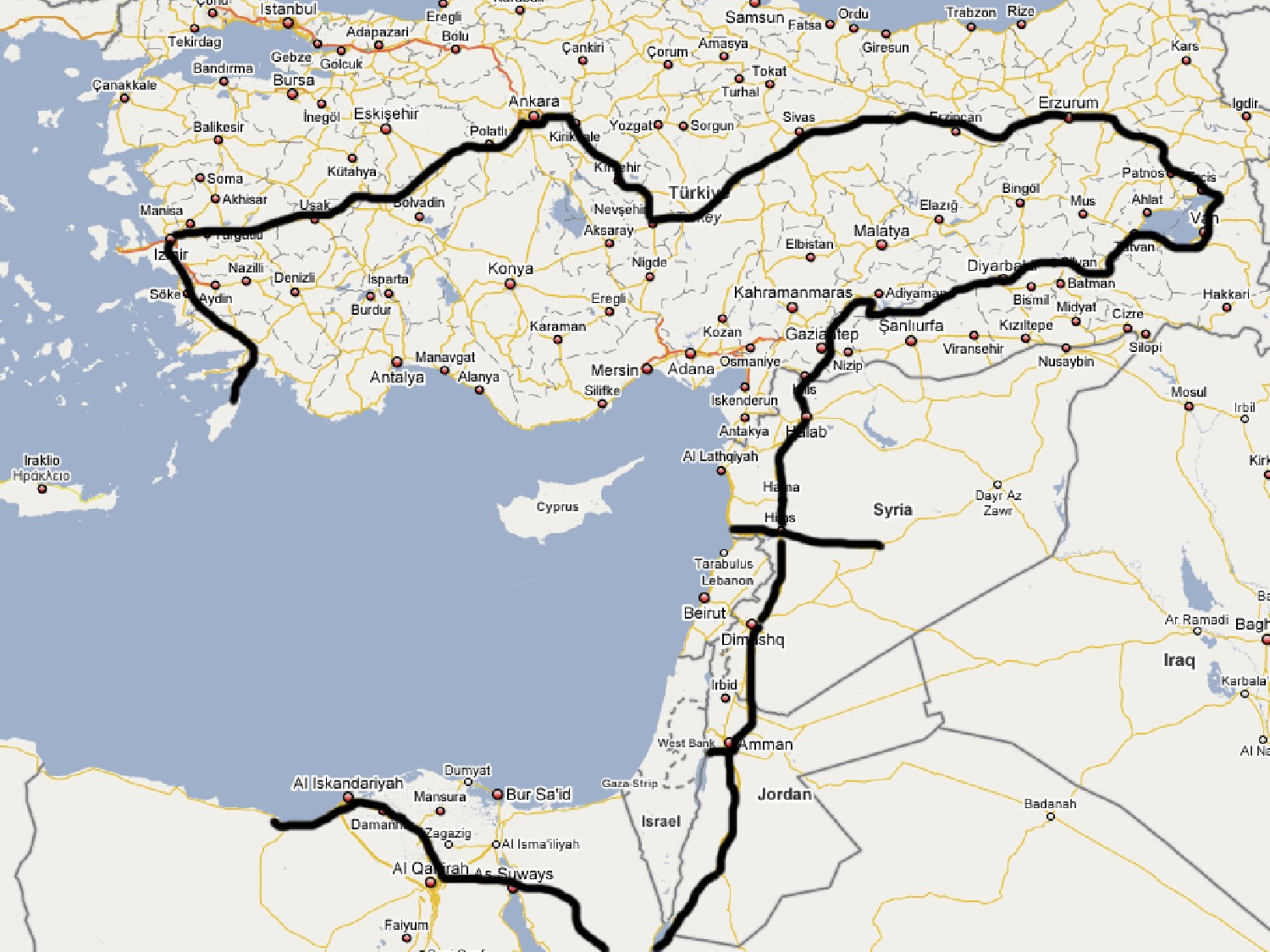Click here and press the right key for the next slide (or swipe left)
also ...
Press the left key to go backwards (or swipe right)
Press n to toggle whether notes are shown (or add '?notes' to the url before the #)
Press m or double tap to slide thumbnails (menu)
Press ? at any time to show the keyboard shortcuts
Comparison: Maps

correspondence
Why does this map represent that journey?
Because there to exist a certain correspondence relation between features of the map and features of the world.
Why?
Among all the ways in which features of the map do or might correspond to features of the world,
only some
(maybe just one)
determine what the map represents.
‘there are these objects out there. Here is the mind/brain, carrying on its thinking/computing. How do the thinker’s symbols ... get into a unique correspondence with objects and sets out there?’
\citep[p.~51]{Putnam:1981sw}
Putnam, 1981 p. 51
‘the implication of the thinking situation is of some ‘correspondence’ ... the problem of its nature and valid determination remains the central question of any theory of thinking’
\citep[p.~200]{Dewey:1907ka}
Dewey, 1907 p. 200
‘That truth is the correspondence of a representation with its object is, as Kant says, merely the nominal definition of it. ... But what does this correspondence or reference of the sign, to its object, consist in?’
\citep[p.~390/5.553]{Peirce:1906gu}
Peirce, 1906 p. 390/5.553